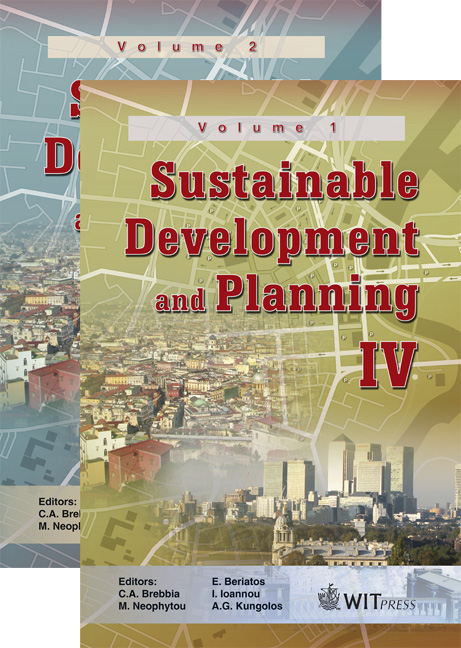On The Impact Of Tourism On The Economy Of Baja California Sur, Mexico: A SAM Approach
Price
Free (open access)
Transaction
Volume
120
Pages
8
Page Range
783 - 790
Published
2009
Size
252 kb
Paper DOI
10.2495/SDP090722
Copyright
WIT Press
Author(s)
M. Angeles, A. E. Gamez & A. Ivanova
Abstract
The economy of Baja California Sur (BCS), in northwestern Mexico, has been anchored on tourism and related activities, particularly in the last two decades. This is apparent in particular in the Los Cabos region (on the southern tip of the state); La Paz (the state capital) has a more diversified economic base (which dilutes the direct impact of visitor flows). Yet, if the broad set of infrastructure and other economic necessities of Los Cabos are taken into account, the indirect impacts are significant. The state’s indicators of supply and demand for tourism services place La Paz in a distant second place, after Los Cabos, but tourism’s relevance extends beyond the direct impacts due to visitors who choose the state as their holiday destination: overall, about 40% of the local economy depends on tourism-related activities. This paper analyses the interrelations of tourism with other sectors of the BCS economy and, in particular, its impact on the distribution of income at the state level. This could contribute to further comparisons in relation to other small, open regions. Keywords: tourism impacts, Baja California Sur (Mexico), SAM approach, small regions. 1 Introduction Tourism in Baja California Sur (BCS), a region separated by the Sea of Cortes from mainland Mexico, developed on a small scale until 1960, and grew in strength over the next two decades owing to the growth of imports from the United States for resale to Mexican nationals. These flocked to the state to buy those goods, at a time when the rest of the country’s economy was protected by high tariff levels. As a result, La Paz flourished as a trade and tourism Mecca,
Keywords
tourism impacts, Baja California Sur (Mexico), SAM approach, small regions.





